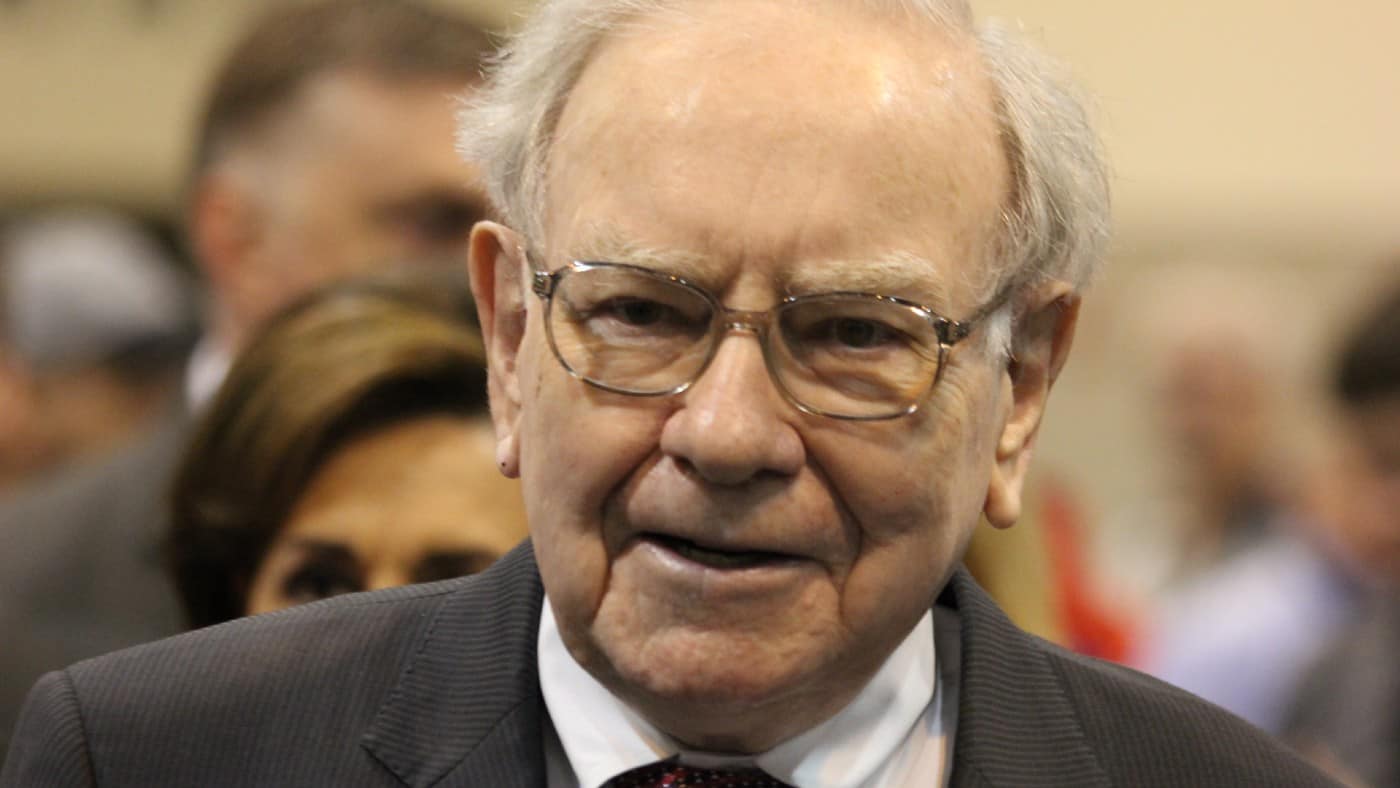Becoming a stock market millionaire is not easy. Sure, there are some shares with amazing stories like Amazon or Tesla. But a lot of shares also go nowhere fast, or even destroy value, over time. To aim for a million from a standing start takes careful selection of shares.
It also takes money, of course. But that can be broken down into a manageable regular contribution.
What is “manageable” for any specific person will depend on their own financial circumstances. Here, I outline how I would aim for a million by investing £150 a week into carefully selected blue-chip UK shares.
Saving regularly to invest
£150 might not sound like the foundation of a seven-figure fortune (although the first stock purchase by billionaire investor Warren Buffett was three preferred shares in a company then known as Cities Service, for $38 apiece).
But patience and time can reward the long-term investor. £150 week after week adds up. In a year, it would be £7,800. Save like that for a decade and there would be close to £80,000 available to invest.
But that is far from a million pounds. Still, I would take the first step of setting up a share-dealing account or Stocks and Shares ISA and putting £150 into it each week. Clearly however, some magic sauce is needed.
Magic sauce – and more magic sauce
In fact, I would use two investing techniques to add some of that magic sauce to my ISA, that I think could help me realistically aim for a million.
The first is simple. Reinvesting my returns, just like Buffett does. Leaving capital gains and dividends inside my ISA to fund more share purchases is known as compounding.
If I invested £150 a week and compounded my ISA value at 10% a year, after a decade I would have an ISA worth around £130,000.
Focusing on great companies
Good — but still far from a million! So what is the second magic sauce alongside compounding?
Basically, I would aim to invest in just five to 10 superb companies rather than a wider selection of mediocre companies.
The maths here are straightforward. If I bought shares in 20 companies that had a compound annual return of 10% (that is already strong, in my view), I would have earned a million after 28 years.
Investing in just the best of those, achieving a 20% compound annual return, it would take just 18 years.
Learning from Warren Buffett
But finding truly great businesses that compound at 20% annually over decades is rare. Buffett’s Berkshire Hathaway (NYSE: BRK.A) (NYSE: BRK.B) though has seen its per-share market value compound annually at 19.8% since 1965.
How? Berkshire compounds its earnings. It buys into businesses with large user bases that look set to endure, from railways to insurers.
Its portfolio of businesses involves capital-intensive and capital-light firms but what they all have in common is significant cash generation potential.
Buffett looks for competitive advantages when Berkshire invests in a firm. He also focuses on valuation.
I would follow the same principles as I aim for a million. My approach would be to use the principles Buffett has employed at Berkshire to help me identify a few brilliant businesses with attractive share prices.








